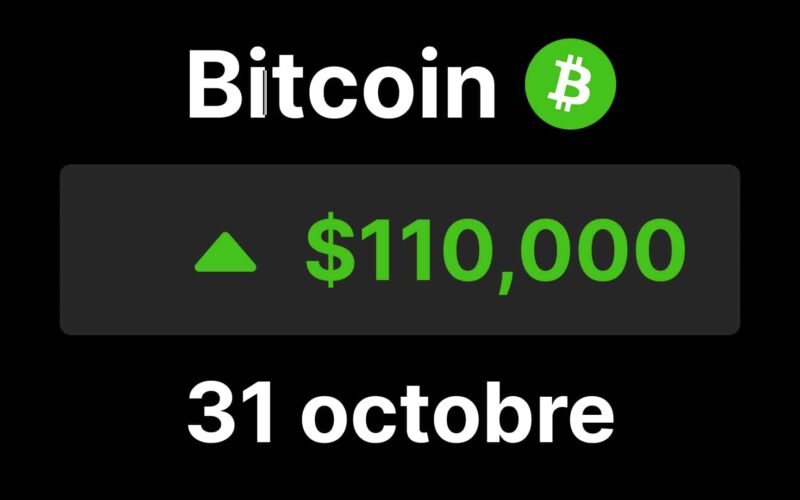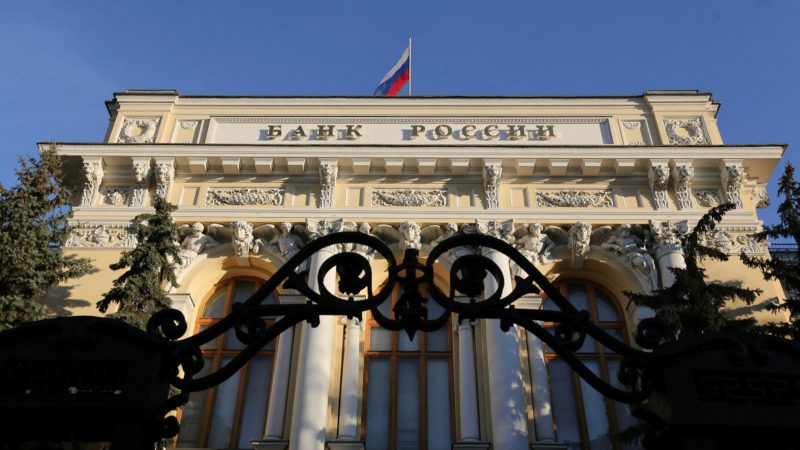Bitcoin rebounds towards $110,000 after a trade truce between the US and China, signaling a renewed appetite for risk despite massive outflows from spot ETFs.
The agreement between Trump and Xi Jinping, envisioning a reduction in tariffs and increased cooperation, boosts confidence amid macroeconomic uncertainty and a lack of US data.
Despite a challenging October for the crypto market, some analysts believe the $110,000 range could become a favorable floor for a new accumulation phase.
Trade relaxation and cautious Fed
The announcement of a tariff truce between Donald Trump and Xi Jinping, sealed during their meeting in South Korea, was enough to revive global investors’ confidence. The two powers pledged to reduce some tariffs and cooperate on various topics such as energy or combating fentanyl.
In a context of blocked US economic data, this relaxation serves as a reference point. Analysts refer to it as a true “macroeconomic substitute“: in the absence of statistics, geopolitics dictates the trend.
Meanwhile, Jerome Powell dampened hopes of a new rate cut in December. The Fed’s President reiterated that further easing “is not guaranteed“, initially causing a rapid BTC drop before its subsequent rebound.
Crypto market between caution and hope
According to CoinGlass data, October 2025 will go down as one of the worst Octobers for Bitcoin in over a decade, following a historic peak early in the month followed by over $10 billion in liquidations. Nevertheless, the total crypto market capitalization remains around $3.76 trillion.
Altcoins, on the other hand, are moving in different directions: Ethereum hovers around $3,900, BNB stays near $1,100, and Solana stabilizes just below $190. The major exception is the Solana spot ETFs, which have seen net inflows for the third consecutive day, totaling $37 million, led by Bitwise’s BSOL fund.
An accumulation-friendly dip?
For Paul Howard, director at Wincent, this range around $110,000 could turn into a strategic support level. He believes that “prices should stabilize between $110,000 and $120,000 after the rate drop“, before a more pronounced accumulation phase if the macro environment improves in November.
In other words: the current correction is less a sign of weakness than an opportunity for patient investors. The climate remains fragile, but the US-China relaxation and the prospect of monetary easing could be enough to reignite the bullish momentum.




